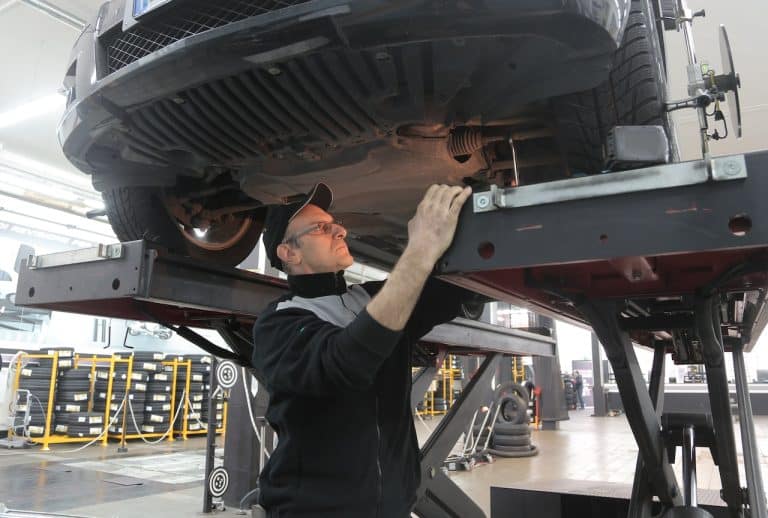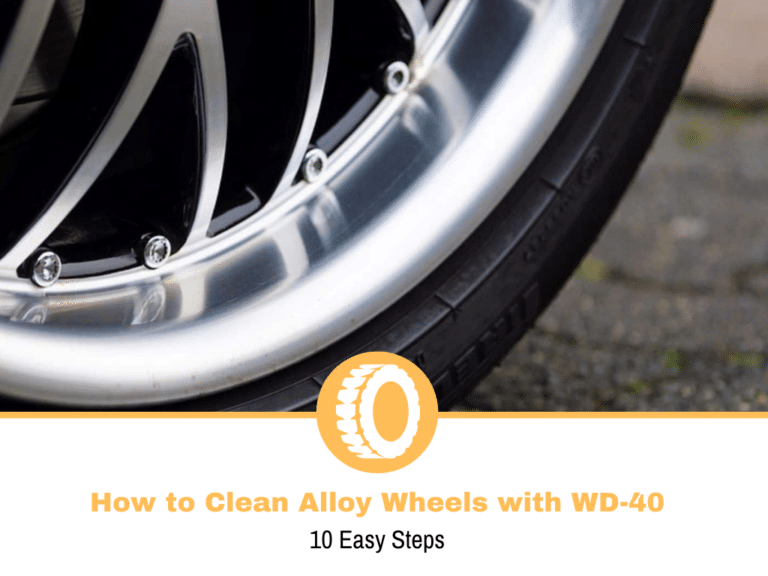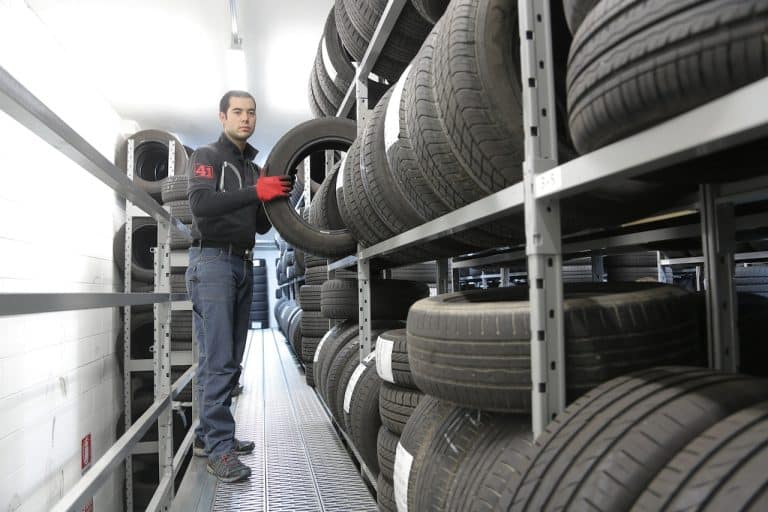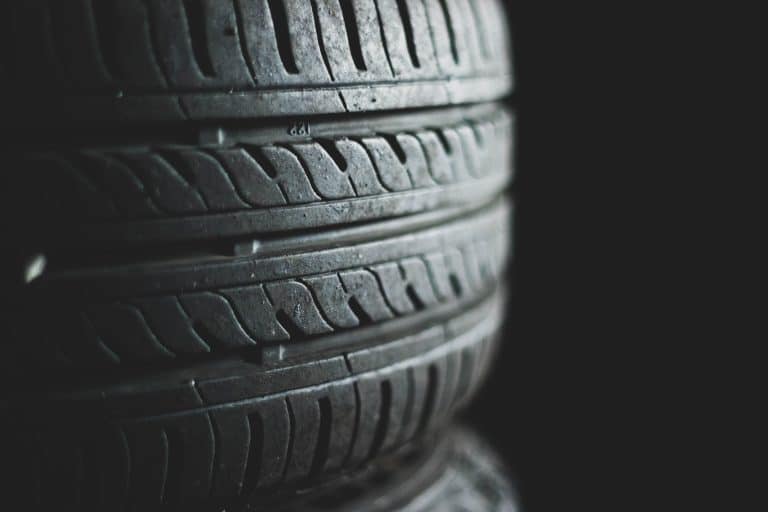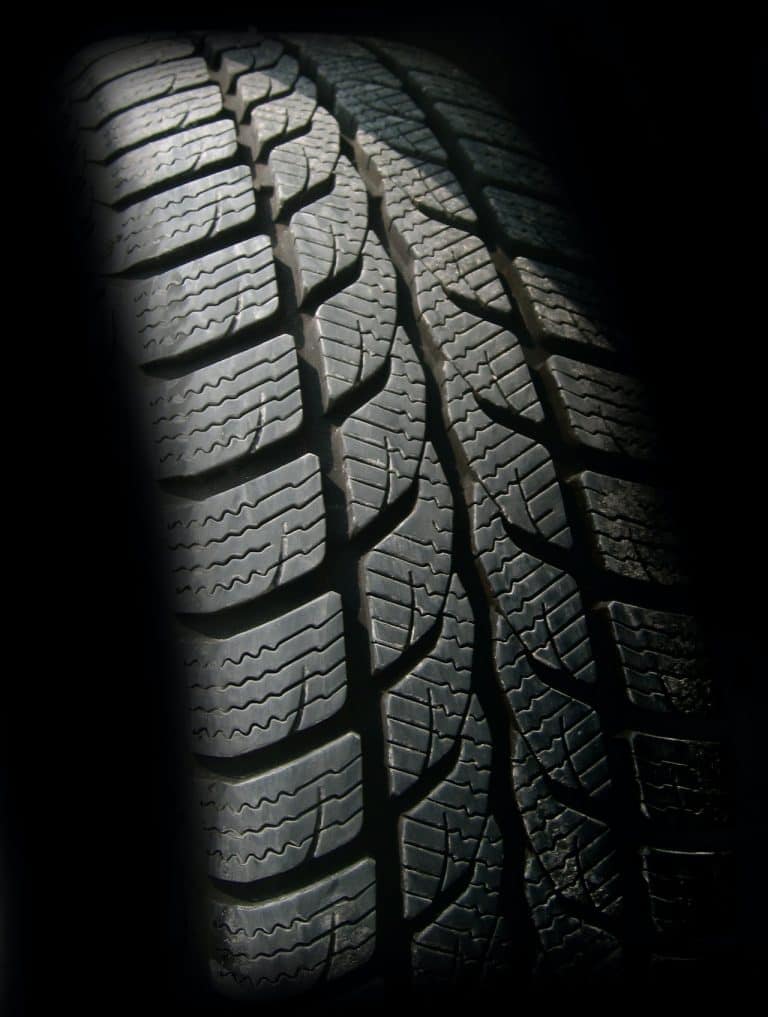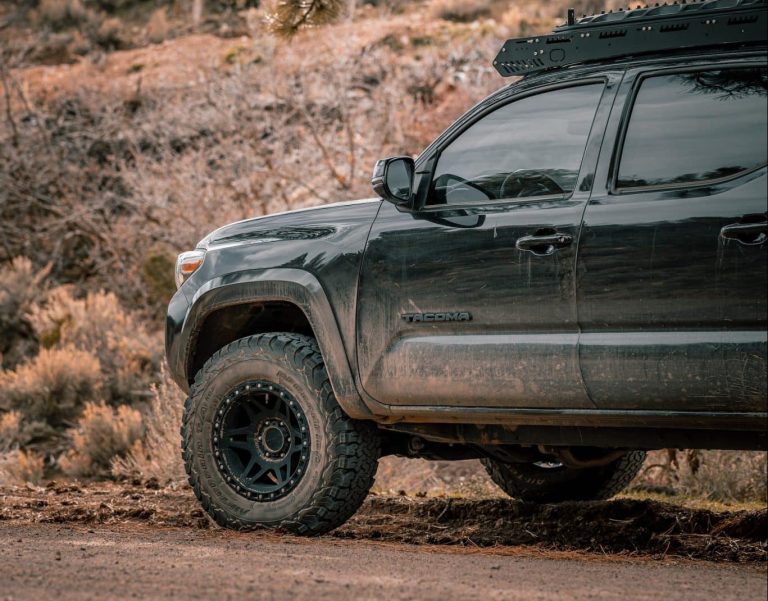How Long Does It Take for Tires to Cool?
Tires naturally heat up the moment they roll against the asphalt. Different factors affect how heat is generated on your tires, these range from rubber molecules rubbing against the road to varying outside temperatures.
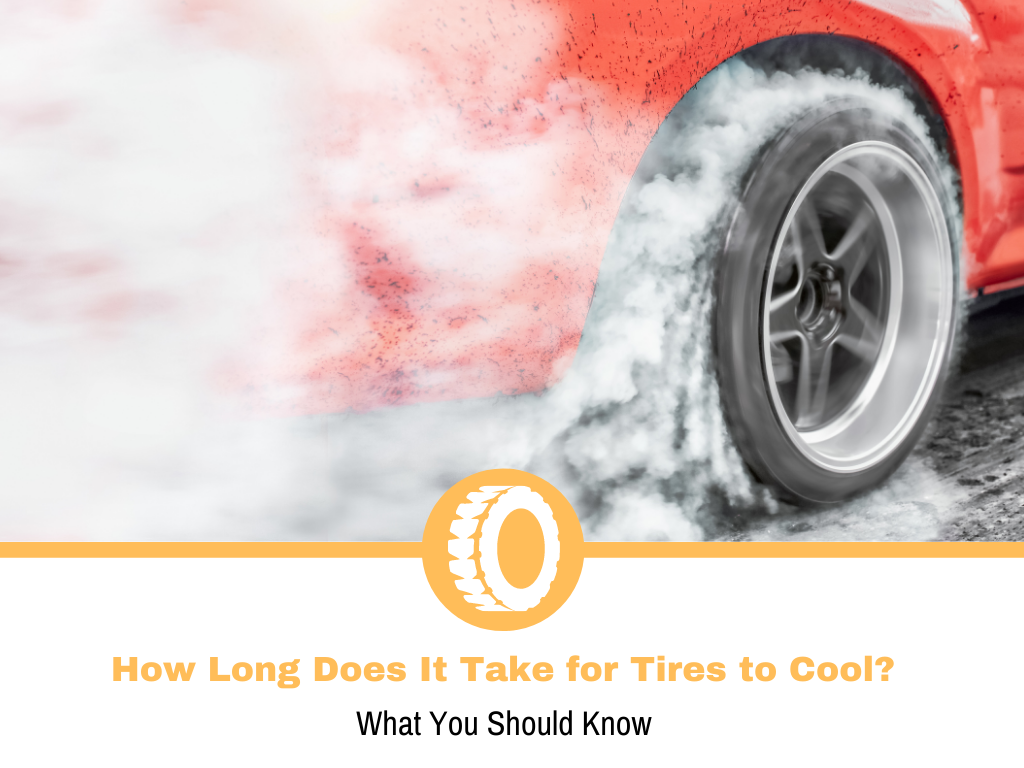
Whether you are refilling the tires with air as recommended or changing them altogether, they need to be cooled down properly to get an accurate reading or to be able to handle them with ease prior to dismounting.
The rule of thumb is to let your vehicle sit for at least 2 hours after driving at a significant distance to cool them down completely. However, you should consider letting them sit for a couple of hours longer in certain conditions such as when you’ve driven for long hours especially during hot weather.
Why do tires get hot?
The role of friction and higher temperature primarily contributes to why your tires get hotter after driving. Moreover, there are also factors such as an increase in vehicle load, speed, and driving habits that are rooted in the aforementioned contributors.
Ambient temperature
Aside from the heat generated by friction between the rubber and the road, outside temperature also accounts for hotter tires. Tires absorb heat when exposed to direct sunlight, and this causes the air chamber temperature to increase.
Additionally, high temperature causes air molecules to bump into each other, so the air inside your tires will take up more volume. To be exact, scientists figured out that a 10-degree increase in ambient temperature causes tires to expand by 1 psi.
Increase in vehicle load
Tires tend to flatten more at the contact patch as the vehicle becomes loaded. This wider contact patch is a result of tire flexing due to weight distribution to the tires. This constant tire flexing with a more flattened contact patch when the tires are moving contributes to the heat being generated.
That is why the tire pressure information found in your vehicle’s door frame doesn’t only mention recommended PSI, but also states the load limit of combined passenger and cargo weight.
Speed
Sustained high speeds also play a part in why your tires become hotter. Brought by a higher friction coefficient between the road and the rubber, tires can experience an increase of roughly 50 degrees after rolling on a freeway.
Driving habits
How you take your vehicle for a spin affects how friction causes them to heat your tires more. Abrupt braking, tight maneuvers, and sudden acceleration are just some of the few examples of habits that not only put too much stress on your tires but also get them hotter in the process.
Other Ways to Help Your Tires Cool Down
The best way to cool down your tires naturally is by leaving your vehicle in park for a couple of hours, preferably in a covered area if during the midday heat. Yet, there will be instances when you want to aid in cooling them down faster. In that case, running your tires with cold water, or slowing down when you’re near the destination might help.
Conclusion
Tires need at least 2 hours for them to completely cool down. Add another couple of hours if you’ve been on a long drive especially in hot weather. Keep in mind also that there are factors that heat up your tires caused by friction and weather.
